Name: Rachel Sadaty Ellerson
Class Year: 2019
Major: Anthropology
Hometown: Port Washington, N.Y.
Internship Placement: Transylvania Bioarchaeology
Location: Cluj-Napoca, Romania
The word Transylvania is almost synonymous with bloodthirsty vampires who live in dark, shadowy castles. Most people don’t associate Transylvania with archaeological excavation — in fact, most people don’t even realize that Translyvania exists outside of the world of Bram Stoker’s Dracula. But for the past five weeks, I’ve been working at an archaeological excavation just outside of the second-largest city in Transylvania, Cluj-Napoca, and no, we aren’t digging up vampires (although there are excavations in Eastern Europe analyzing so called “vampire burials”).
The site we’re excavating, known as Jucu, is a cemetery, and technically we are conducting a rescue excavation. The land is currently being developed into a solar land farm, but portions of the area have been protected to allow for the recovery of individuals in the cemetery. Transylvania Bioarchaeology, or TBA, the organization helming the excavation, has been working at Jucu for the past seven to eight years with the goal of recovering as many individuals as possible, analyzing their remains, and then sharing what they learn with the larger bioarchaelogical and Transylvanian community. TBA is also an educational field school so that people like me with little to no experience in bioarchaeology can learn about the field while simultaneously assisting with their excavation.
That’s the main reason why I applied to this particular field school — to both learn about bioarchaeology and gain practical experience in the field. As an anthropology major (with a focus in Biological Anthropology) I am deeply passionate about osteological analysis, which is just a fancy way of saying “I like bones.” Through this school, I’ve had the opportunity to learn more about osteology (the study of bones) and the actual excavation process. Contrary to popular belief, archaeologists do not simply run into ancient temples and search for treasure whilst escaping deadly traps. The reality of archaeology is less sexy. It involves digging holes with pick axes in 80 degree weather. It is constantly being covered in sweat and a lot — a lot — of dirt. It is methodical work that requires extensive skills and knowledge. Although archaeology is quite exciting, it is not almost-being-hit-by-a-large-boulder exciting.
That being said, there were plenty of things about archaeology that took me by surprise. For instance, once you start to see bone, no matter how small the fragment, you can’t use metal tools, you have to use wood or plastic. When I learned this, I expected my instructors to pull out some fancy, high-tech wooden tools. I’m not sure why I expected a “high-tech” wooden tool, but as you can imagine I was quite surprised when my instructors pulled out a box full of chopsticks and plastic utensils. That seemed far too rudimentary a tool to use in an archaeological venture. Frequently, however, the simplest solutions are the best and chopsticks ended up being a favorite tool to use when conducting fine excavation.
Working with human remains can be challenging. There are many ethical questions to consider before embarking on an excavation and the actual excavation of skeletons can be quite difficult, particularly at this site. The individuals at Jucu didn’t have the best preservation, so when I first attempted to remove an individual from their burial, I was stunned and frustrated by how unintentionally destructive the process is. Although we tried to be careful, the bones were so fragile that they fell apart in our hands as we took them out. I ended up accidentally exploding part of the pelvis, which as you can imagine was very upsetting. Even though it isn’t intentional, it feels disrespectful to damage someone’s skeleton. As all archaeologists say, this is a destructive science, but with that destruction (intentional or not) comes much to learn.

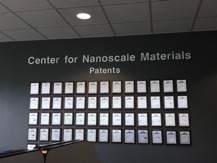
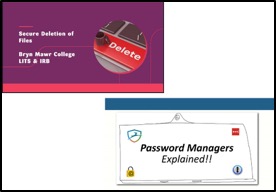
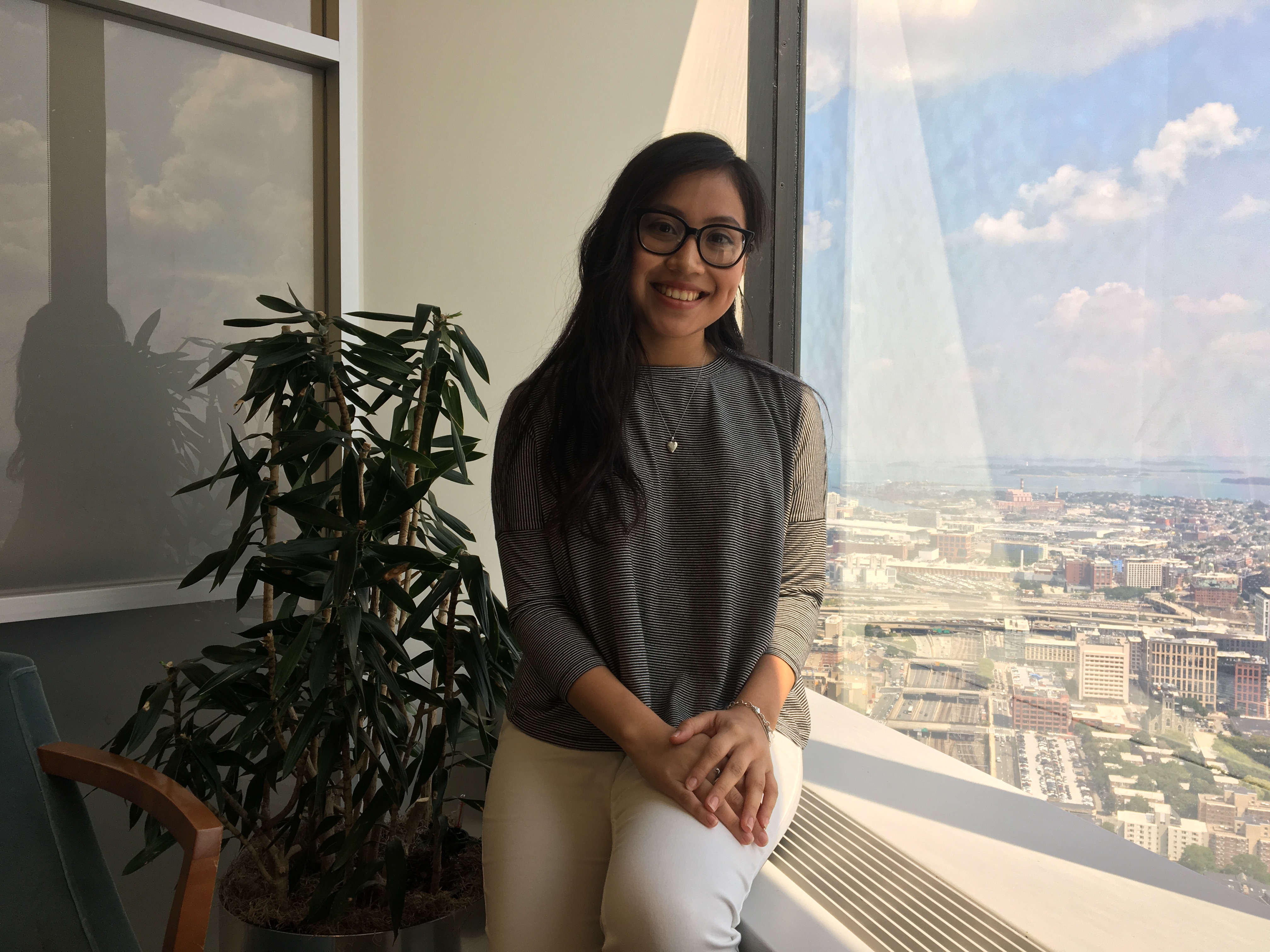
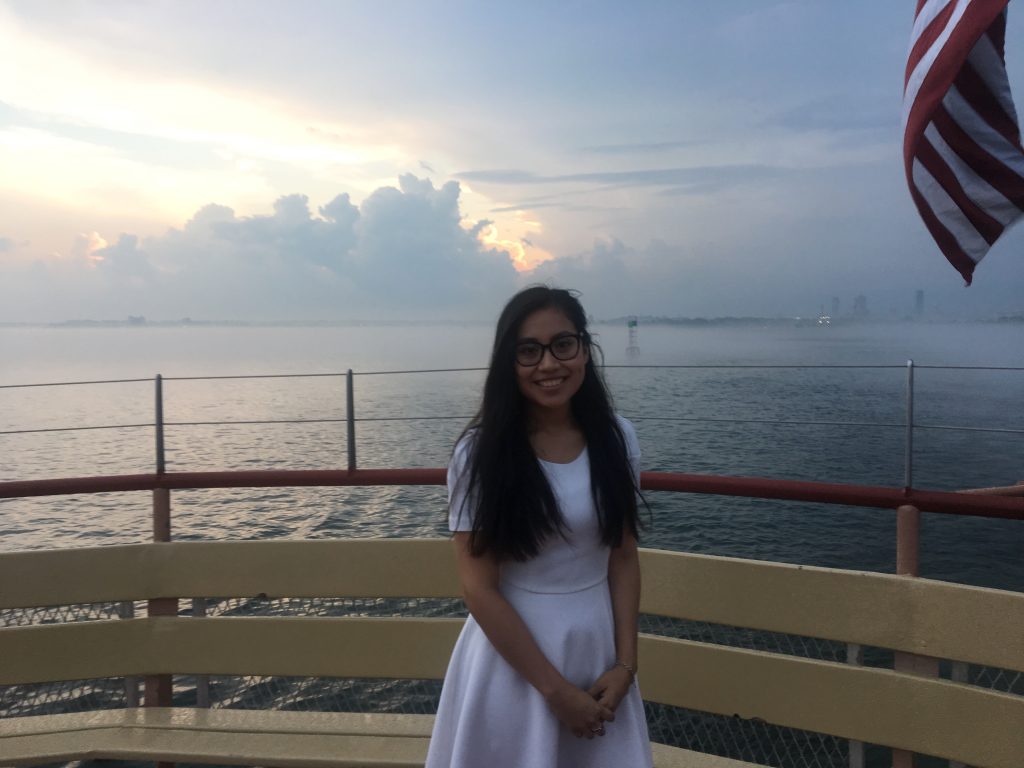
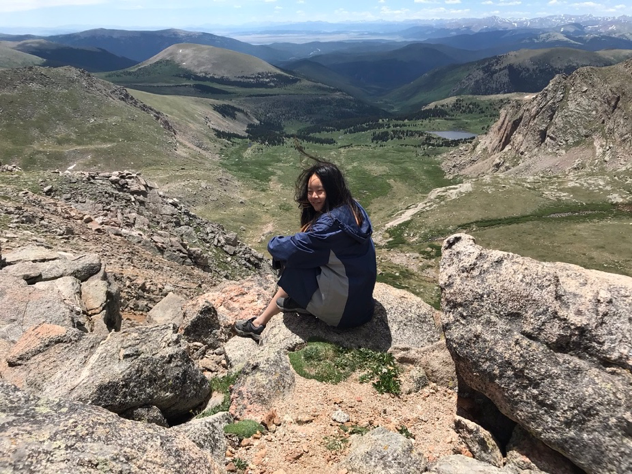
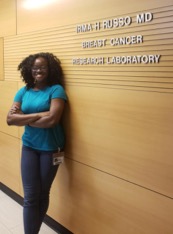
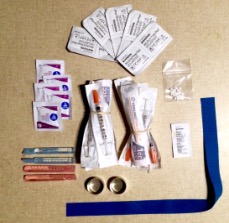
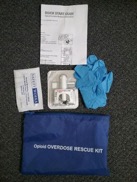
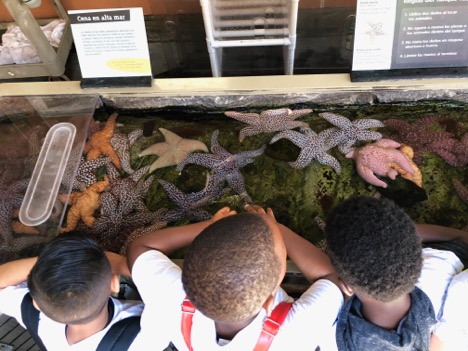
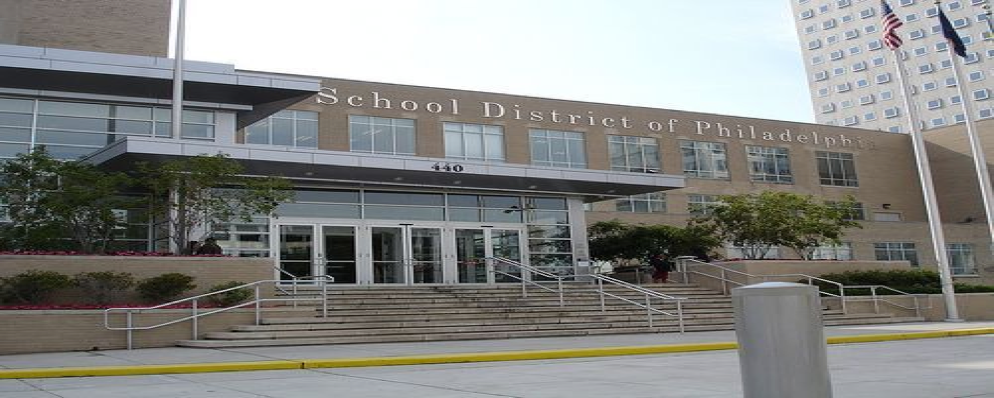
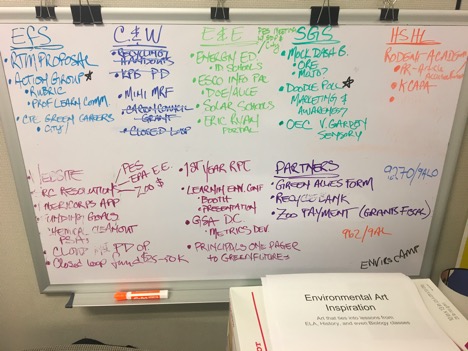
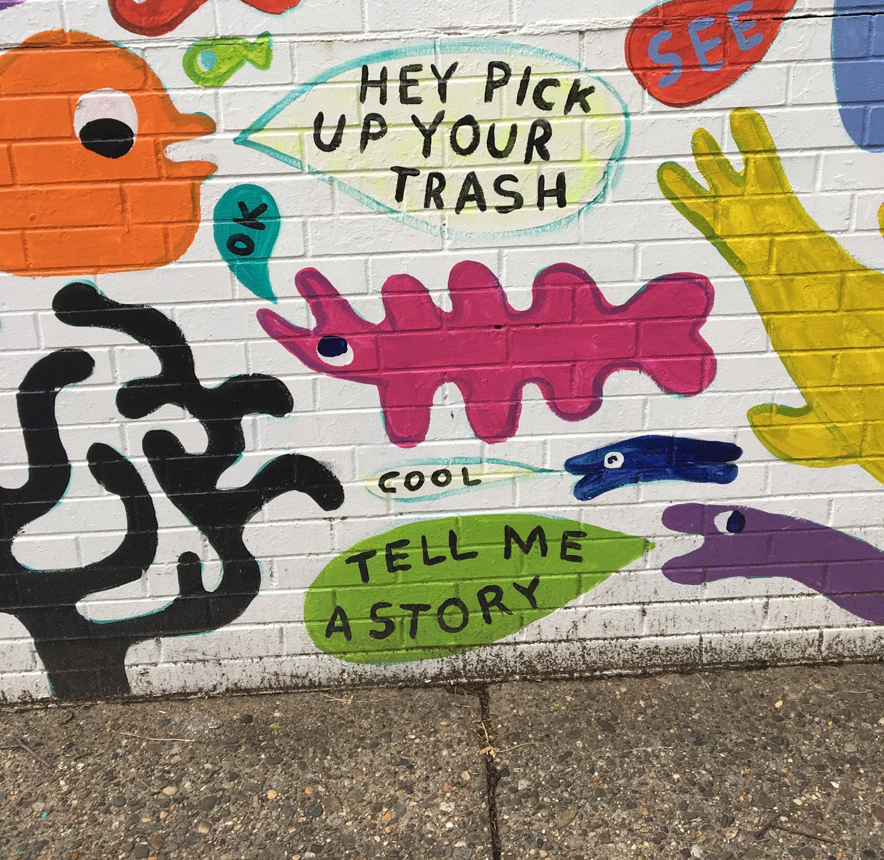 This summer was an incredible opportunity that I would never have experienced without Bryn Mawr’s connections to GreenFutures. As a student studying the environment and living with the short-sighted stance of our current federal government, it was relieving and inspiring to see forward-thinking programs and people committed to improving our future. I don’t yet know exactly what I want to be doing with the rest of my life, but I am glad to see that there will be plenty of ways to be involved for sustainability.
This summer was an incredible opportunity that I would never have experienced without Bryn Mawr’s connections to GreenFutures. As a student studying the environment and living with the short-sighted stance of our current federal government, it was relieving and inspiring to see forward-thinking programs and people committed to improving our future. I don’t yet know exactly what I want to be doing with the rest of my life, but I am glad to see that there will be plenty of ways to be involved for sustainability.